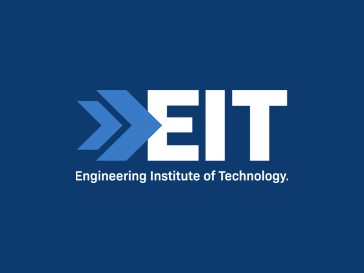As the world begins to demand increasingly sustainable and renewable methods of power, engineers are having to rise to the challenge to change the routines of established industries that have been operating the same way for hundreds of years.
Some of the oldest trades in the world which have constantly evolved to keep up with newer engineering technologies are eagerly looking to cut down on the amount of emissions they produce.
One of those trades is the art of cheese making.
If you had told a farmer hundreds of years ago as they drained their whey from curds that cheese would be made by renewable engineering technology, they definitely would not have believed you. In the United Kingdom, the first carbon neutral cheese makers are doing just that.
 Source: Winterdale Cheesemakers
Source: Winterdale Cheesemakers
Robin Betts runs Winterdale CheeseMakers in the United Kingdom. The Betts family has been making cheese for over 500 years. If only his ancestors could see the farm now!
Robin explained how the farm’s setup works to website Inverse:
“The great thing about Winterdale is that we use all our own milk from our family farm - but its warm...that’s the crucial thing. And that means, we don’t use any energy whatsoever to start the cheese making. So in the whole cheese-making day, we just need a bit of energy. So what we did to achieve our neutral carbon status was to install solar panels and a ground source heat pump.”
Taking milk straight from the cows to the cheesery also cuts the percentages of energy Winterdale uses, per cheese making effort.
 Source: Winterdale Cheesemakers Facebook
Source: Winterdale Cheesemakers Facebook
Not only is the cheese made with clean energy, the cheese is also delivered carbon neutrally. Robin charges his Tesla Model X with the solar panels on the roof of the cheesery and then delivers the cheese to London without generating any carbon footprint.
It all makes financial sense for Robin and his team of cheesemakers to keep operations running with renewable energy and he isn’t finished innovating and transforming his farm just yet. He has just unveiled a six-kilowatt wind turbine that will generate even more energy.
To capture the wind energy from the turbine and the solar energy from his panels, he is now utilizing three Tesla Powerwall batteries. Thus, he can power his operations in the morning, noon, and night. There are of course some days that Robin has to pull energy from the grid when the sun is not shining, and the wind is not blowing.
However, Robin says the factory majority of the time is carbon neutral, and that is a success. With the renewable delivery of the cheese, Robin is leading and pioneering a way forward for other farmers out there. Thanks to the engineering of new energy technologies, running a diary and making cheese can become a zero emissions industry.
Works Cited
Brown, Mike. “Tesla Batteries Power This 500-Year-Old Cheese Farm.” Inverse, www.inverse.com/article/54291-winterdale-cheese-farm-tesla-batteries.
“Winterdale Cheesemakers.” Facebook, www.facebook.com/winterdalekent/.
